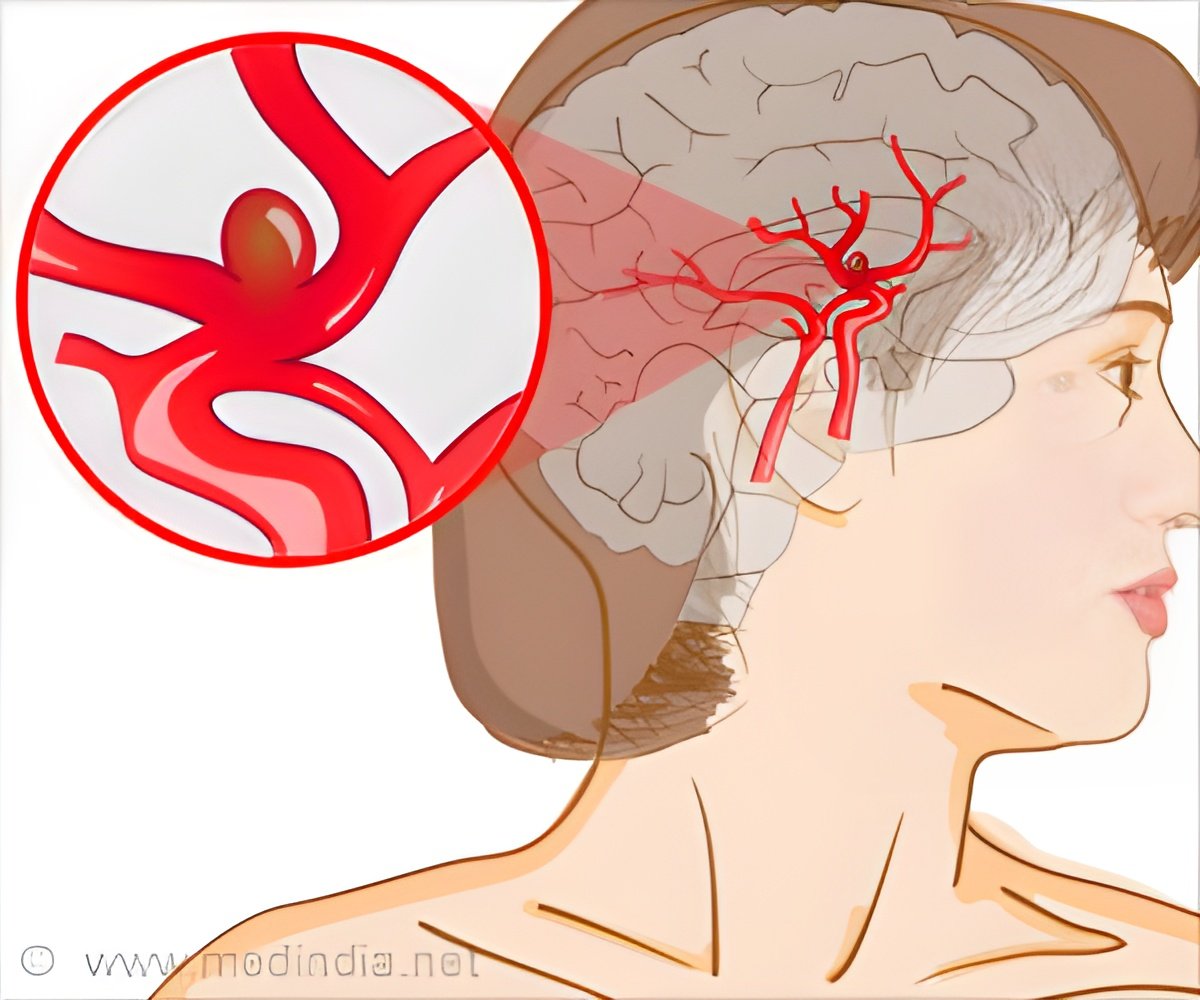
‘An estimated 6.5 million people in the US alone are thought to harbor an unruptured brain aneurysm. If an aneurysm bursts, the resulting bleed can be fatal. ’
Tweet it Now
To explore this further, the researchers studied 545 women aged 30 to 60 undergoing brain scans at five large teaching and research hospitals in the USA and Canada between 2016 and 2018. Imaging revealed that 152 of the 545 women had 185 unruptured brain aneurysms between them. Some 113 of these women were then matched with 113 others of the same age and ethnicity, but with normal scan results.
The most common prompt for a brain scan was persistent headache, a symptom in nearly two thirds of those with brain aneurysms (62.5%) and in nearly half of those without (44%).
Most of the aneurysms were located in the carotid artery, and on average, they measured 2-5 mm in diameter.
High blood pressure was more common among the women with abnormal brain scans (46% vs 31%) as was current or previous smoking (57.5% vs 37%).
Advertisement
When the two groups of women were directly compared, smokers were 4 times as likely to have the arterial abnormality as non-smokers. And they were 7 times as likely to do so if they also had chronic high blood pressure.
Advertisement
This is an observational study, and as such, can't establish cause. The researchers also acknowledge that their study relied on patient recall and they didn't have any information on rupture risk for those whose scans revealed an aneurysm.
But they point to other research that backs up their findings. And they suggest: "Consideration should be given to screening for [unruptured brain aneurysms] in women aged between 30 and 60 years who smoke cigarettes."
Source-Eurekalert















